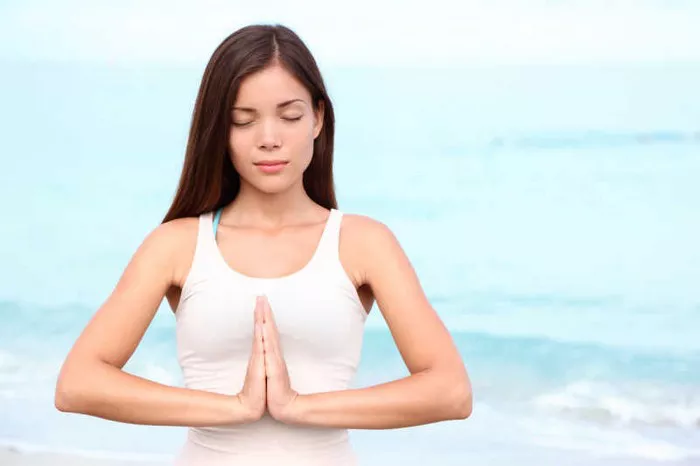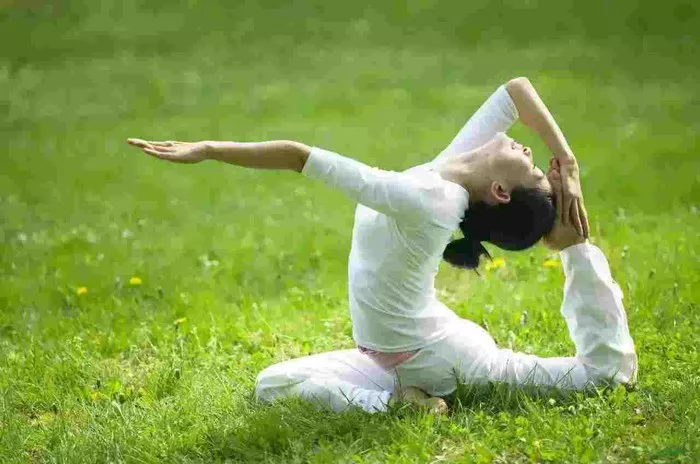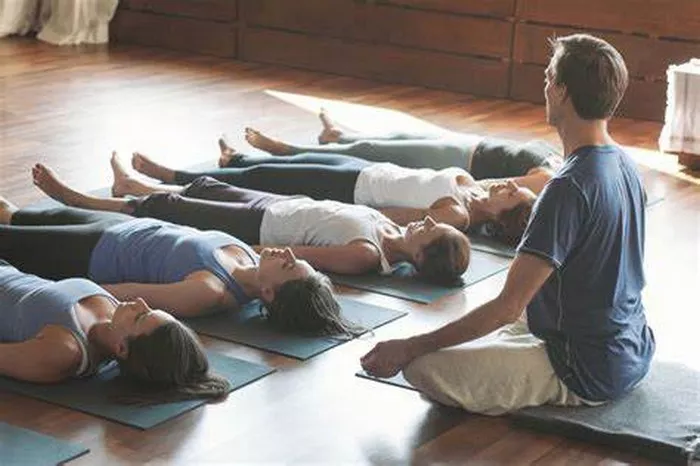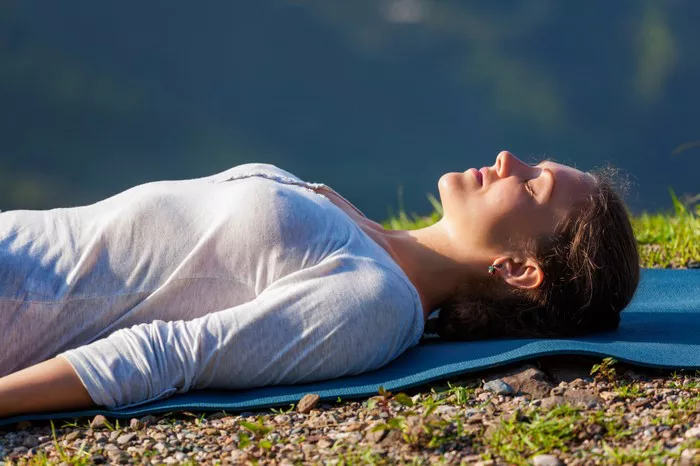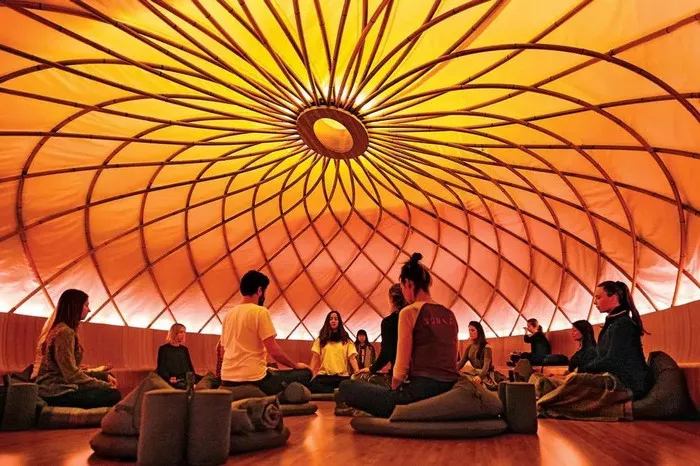Yoga is a transformative practice that nurtures the mind, body, and spirit. Whether you’re a beginner or an experienced yogi, the post-yoga period is just as important as the session itself. What you do after yoga can significantly impact the benefits you gain from your practice. To maximize the positive effects and maintain overall well-being, it’s essential to be mindful of certain habits and actions immediately following your session.
In this article, we’ll explore what not to do after yoga, helping you understand how to enhance recovery, maintain energy balance, and preserve the holistic benefits of your practice.
Skipping Rest and Relaxation
One of the most common mistakes after yoga is rushing back into daily life without taking time to rest. Savasana (Corpse Pose) at the end of a yoga session is designed to allow your body to absorb the benefits of the practice, restore balance, and relax deeply. Skipping rest time can cause your body to feel fatigued and reduce the effectiveness of your session.
What to Do Instead: Spend at least 5-10 minutes in Savasana or a seated meditation to allow your body and mind to fully relax. This time helps integrate the physical and mental benefits of your practice.
Taking a Shower Immediately
It’s tempting to take a shower right after a yoga session, especially if you’ve had a sweaty, intense practice like hot yoga. However, showering immediately can interrupt the natural cooling process of your body and wash away the subtle energy activated during your session.
What to Do Instead: Wait at least 20-30 minutes before taking a shower. Use this time to hydrate, rest, or practice mindful breathing.
Overeating
Yoga helps stimulate digestion and balance the body’s energy. Eating a heavy meal immediately after yoga can overload your digestive system and leave you feeling sluggish.
What to Do Instead: Wait at least 30-45 minutes before having a light, nutritious meal. Opt for easily digestible foods like fruits, nuts, or smoothies to replenish energy without burdening your stomach.
Drinking Cold Water
Cold water can shock your system, especially after a practice where your body has generated heat. It can also interfere with digestion and blood circulation.
What to Do Instead: Drink lukewarm or room-temperature water to stay hydrated without disrupting your body’s internal balance.
Jumping into Intense Physical Activities
Yoga is a mindful practice that helps calm the nervous system and promote relaxation. Immediately engaging in strenuous physical activities can undo these calming effects and cause unnecessary strain on your muscles.
What to Do Instead: Allow your body to rest for at least 1-2 hours before participating in any high-intensity workouts. Gentle walking or stretching is a better option if you want to stay active.
Ignoring Hydration
Sweating during yoga can lead to dehydration, especially in practices like hot yoga or power yoga. However, some people forget to hydrate after the session, which can cause fatigue, headaches, and muscle cramps.
What to Do Instead: Drink plenty of water after your session to replenish lost fluids. Coconut water or herbal teas can also help restore electrolytes naturally.
Using Screens Immediately
Checking your phone or diving into work emails right after yoga can disrupt the sense of calm and mindfulness cultivated during your practice. It can also increase stress levels and overstimulate the brain.
What to Do Instead: Give yourself at least 20-30 minutes of screen-free time after yoga. Use this period to journal, meditate, or simply enjoy the stillness.
Drinking Caffeine or Alcohol
Both caffeine and alcohol can interfere with the calming effects of yoga. Caffeine can overstimulate the nervous system, while alcohol can dehydrate the body and disrupt the body’s natural balance.
What to Do Instead: Opt for herbal teas, fresh juices, or water to support hydration and relaxation after your session.
Wearing Tight Clothes for Long Hours
Staying in your yoga clothes, especially tight-fitting ones, for an extended period can restrict circulation and cause discomfort.
What to Do Instead: Change into loose, comfortable clothing after your session to allow your body to relax and breathe freely.
Neglecting Reflection
Yoga is not just a physical exercise—it’s a holistic practice that nurtures the mind and spirit. Skipping reflection time prevents you from fully internalizing the mental and emotional benefits of your practice.
What to Do Instead: Take a few moments to journal or simply sit quietly to reflect on how you feel after your session. This practice enhances mindfulness and helps you stay connected to the deeper aspects of yoga.
Conclusion
The moments following a yoga session are an integral part of your practice. By avoiding these common post-yoga mistakes, you can enhance the physical, mental, and emotional benefits of your practice. Prioritize rest, hydration, mindfulness, and self-care to allow your body and mind to fully absorb the positive energy cultivated during your session.
By being mindful of what not to do after yoga, you’ll create a holistic routine that nourishes your entire being and supports your overall well-being. Remember, yoga is not just about the poses—it’s about creating balance and harmony within yourself, both on and off the mat.
Related topics




